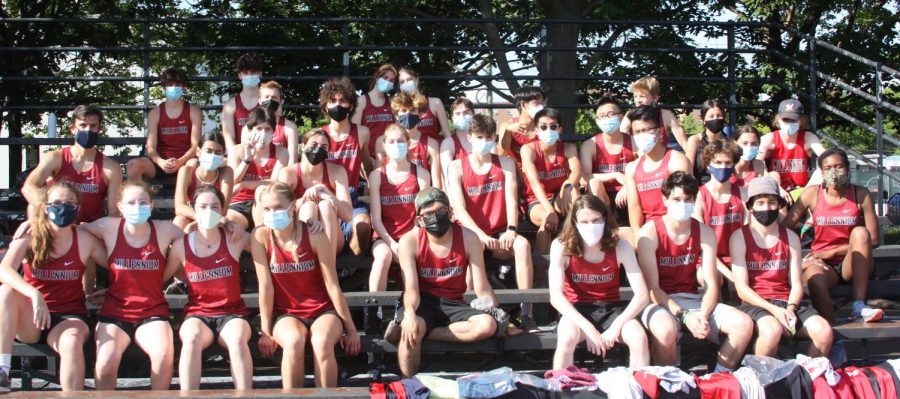The Effects of Mental Distress on Academic Performance
March 5, 2015
Being a teenager is emotionally, physically, and mentally draining. On the brink of adulthood, we are on a journey finding our true identity. A teen’s mental health affects their academic performance severely due to constant high expectations, peer pressure, and mental disorders. Mental disorders are detrimental to adolescents, which creates a significant change in daily life and influence the current problems in a teenage life. Disorders can range from depression, anxiety, suicide, eating disorders, and violent outbursts.
Mental health is a level of psychological well-being. It is critical to maintain a sufficient psychological well-being for a healthy life. According to the World Health Organization (WHO), a person with good mental health can “realize their own abilities, cope with the normal stresses of life, and can work productively.”
Factors that determine an individual’s mentality would be social, psychological, personality and biological, such as a “rapid change in social change, stressful work conditions, gender discrimination, social exclusion, unhealthy lifestyle, and physical ill-health.”
According to Columbia University’s National Center for Mental Health Checkups, the average American classroom of 23 students has four or five students struggling with a serious mental illness. Two-thirds of those students do not receive mental health services. Without obtaining assistance from school mental health services would decrease chances of students attending college. Students who suffer from a mental illness is more likely to receive failing grades in all subjects. The U.S. Dept. of Education survey proved that depression or an emotional disturbance is the leading cause of disability-related high school dropout. Studies shown that within an educational environment students become very stressed with. Signs of serious mental illness might be poor attendance, frequent absences, difficulties student will view themselves as less academically competent, trouble with concentration in class and completing schoolwork. Common mental disorders are anxiety, suicide, depression, substance abuse and attention disorders.
Solutions that can help include partnering with mental health professionals to educate teachers with strategies and resources of improving students well-being. A meta-analysis of studies shows students who received school mental health services resulted in a higher GPA.
A suggestion from MBHS’s Art department, Studio Art teacher, Ms. Davidson is that art is a positive outlet for mental distress because “there is a lot of pressure just to perform and be successful when you’re in high school and you need to balance that out. Art is something to work through…We all have to deal with our mental health. Every one of us is dealing with their mental health: dealing with stress, dealing with our identity.”
Fellow MBHS student, Sarah Ayala agrees with Ms. Davidson that schools should give more art-based courses. “Since I started drawing, I’ve found another thing to focus on because I found myself thinking a lot and I would get lost in my thoughts and it kinda threw me off from the reality of everything.” When she first started drawing, Sarah escaped from her mind.
National Association of School Psychologists says research suggests schools implement programs that consist of social and emotional learning, prevention services will improve student performance, decision-making skills, and in life. Seeking help for mental health early in younger grades and having access to preventive services will create students who will become productive, healthy adults in the future. All schools should promote positive mental health to raise academic achievement and child development.


















